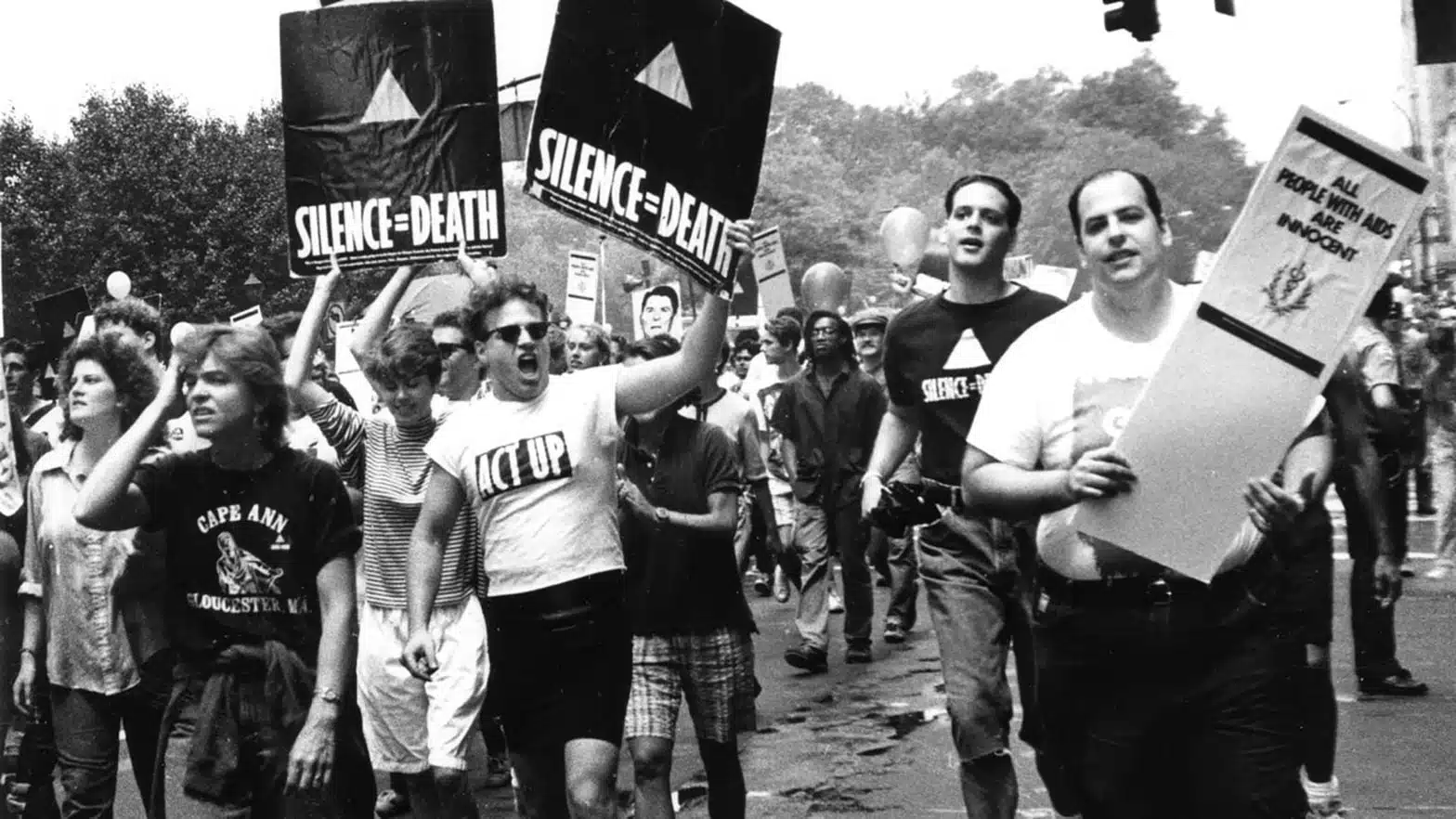Difficult History That Shouldn’t Be Forgotten
We’re taking time to look back at the early history of HIV/AIDS in America.
Click HERE if you missed HIV History Part 1
1986 – SPREAD KNOWLEDGE, NOT PANIC
By the end of 1986, there were 28,712 reported cases of HIV/AIDS and 24,559 AIDS-related deaths (an 86 percent death rate). Fear and panic were at an all-time high, as was discrimination and stigma.
Despite cases of HIV/AIDS being found in a variety of populations gay men continued to bear the greatest burden of the disease. Along with the disease came the burden of stigma and discrimination. Advocates continued to fight tirelessly for funding and increased awareness/activism. In 1986, the U.S. surgeon general called for a comprehensive system of sexual health education including HIV/AIDS and the use of condoms.
Activists alike took up the cause and made the effort to disseminate medically accurate information as well as information about safer sex practices. Meanwhile, in California, activist Cleve Jones created the first square of the now famous AIDS Memorial Quilt in honor of his friend, Marvin Feldman. Jones and others eventually organized to create the NAMES Project Foundation. The quilt was first displayed in Washington, D.C. in 1987. Today, the quilt has more than 48,000 panels honoring those lost to the epidemic.
1987 – AZT & ACT UP
The year 1987 saw the number of reported HIV/AIDS cases increase to 50,378 with 40,849 AIDS-related deaths (an 81 percent death rate). Disenfranchised with the Gay Men’s Health Crisis by what he felt was a lack of political gall, writer Larry Kramer spoke before a crowd at the Lesbian and Gay Community Center in New York City. His speech called for action, and it ultimately inspired the creation of the AIDS Coalition to Unleash Power or ACT UP.
Viewed by the media as a radical group, members of ACT UP picketed, protested, advocated and educated. They adopted the now famous “Silence = Death” logo and demanded action from the government for the treatment and prevention of HIV/AIDS.
That same year the Food and Drug Administration (FDA) approved zidovudine (AZT), the most effective drug to date for combating HIV/AIDS and the first anti-HIV drug approved for use in the United States. Discovered to have several negative side-effects, AZT was the most expensive prescription drug in history. But in 1987, it represented hope for a community of people who had been living without hope for years. (Read about how ACT UP has been reinvigorated this year.)
1988 – THE HOPE ACT & WORLD AIDS DAY
By 1988, the number of reported cases of HIV/AIDS had risen to 82,362 with 61,816 AIDS-related deaths (a 75 percent death rate). Through the efforts of activists and researchers, Congress passed the HOPE Act of 1988. This piece of legislation allowed for the amendment of the Public Health Service Act. It also secured federal funding for AIDS education, prevention, testing and research. This crucial piece of legislation has paved the way for modern efforts.
The same year, the World Health Organization declared Dec. 1 as World AIDS Day. Since 1988 this day marks a day of remembrance for those who have lost their lives to this epidemic. It also shows of support for those living with HIV/AIDS.
1989 – THE END OF THE 1980S
In 1989, the reported number of HIV/AIDS cases in the United States eclipsed 100,000 with 117,508 reported cases and 89,343 reported AIDS-related deaths (a 76 percent death rate). In less than a decade, this disease had claimed the lives of almost 100,000 people in the United States alone. The fight for funding, treatment, research and prevention was just starting, and the 1990s, 2000s, and current decade held and hold challenges of their own.
A thread on Reddit asked gay men who lived through the height of HIV/AIDS in the 1980s to tell their stories. One submitter commented, “No one should die alone. No one should be in the hospital on their death beds with family calling to say “this was God’s punishment.” My friends and I, men and women, acted as a protective layer for ill friends. We acted as companion to mutual friends juggling the same, difficult reality of trying to be there, and being strong when we were losing our family right and left. Difficult times that should never be forgotten.”
We at Palmetto Community Care have not forgotten.


